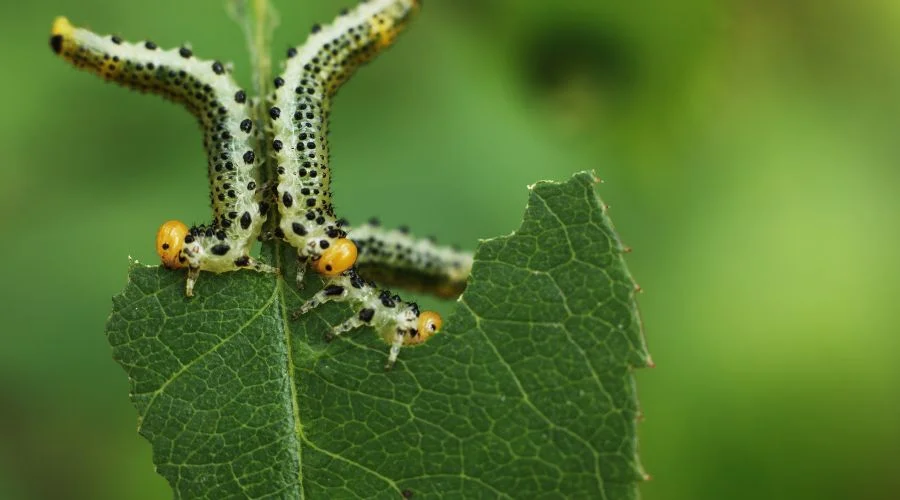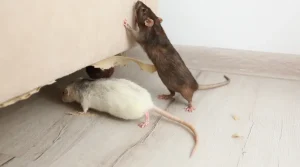Pest management constitutes a significant yet often neglected aspect of property and building upkeep. Whether you oversee a bustling restaurant, an upscale hotel, a bustling school, or a sprawling farm, pests pose significant challenges when left unaddressed. In this blog post, we’ll delve into the hurdles faced by these establishments regarding pests and offer practical solutions for prevention.
Trust Thousand Oaks Pest Control for comprehensive pest management solutions in Thousand Oaks, CA, and its vicinity. Our seasoned team relies on thorough research and industry experience to deliver superior results every time.
Understanding the Pest Control Sector
Pest control stands as a crucial industry tasked with eradicating various nuisances such as insects, rodents, and wildlife. These intruders not only jeopardize human health but also inflict damage to structures and the ecosystem. Professionals in pest control deploy a myriad of methods, from employing specialized insects to utilizing specific chemicals, tailored to each scenario. Their role is paramount in maintaining the safety of our habitats and surroundings.
Significance of Pest Control in Diverse Work Environments
Effective pest management transcends mere convenience; it is indispensable for fostering safe and hygienic surroundings. For instance, in restaurants and hotels, pests like insects can contaminate food rapidly, leading to health hazards and tarnishing the establishment’s reputation. In educational institutions, pests can disrupt learning and pose health risks. Meanwhile, on farms, pests can decimate crops, resulting in substantial financial losses. Hence, implementing proper pest control measures is vital for safeguarding both public health and business interests.
Common Approaches to Pest Control
Integrated pest management (IPM) emerges as the prevailing method across various sectors, comprising a blend of sanitation, habitat alteration, biological controls, and chemical interventions. However, the specific strategy may vary depending on the pest type and environmental conditions.
Pest Control Best Practices
Dos of Pest Control:
- Conduct Regular Inspections: Regularly inspect for pests to nip potential problems in the bud, preventing extensive damage.
- Maintain Cleanliness: Ensure cleanliness and tidiness to deter pest attraction. Dispose of garbage promptly, clean spills immediately, and store food in airtight containers to ward off pests.
- Seal Entry Points: Seal any openings in walls, floors, and doors to prevent pests from infiltrating. Weather stripping or caulking can effectively seal gaps and fortify your space against pests.
Don’ts of Pest Control:
- Over-reliance on Chemical Pesticides: While chemical sprays offer temporary relief, excessive use can be detrimental to both humans and the environment. Opt for alternatives such as biological pest control or traps to minimize chemical dependency and ensure safety.
- Neglecting Pest Issues: Ignoring pest sightings can exacerbate the situation, leading to rapid infestations. Address problems promptly to mitigate damage and uphold public health.
Prioritize Pest Prevention
Proactive pest prevention measures are paramount in effective pest control. Rather than reacting to pest incursions, preemptive actions For example, placing screens on windows and doors, proper waste disposal, and repairing structural vulnerabilities serve as a robust defense against pests, ensuring safety and satisfaction.
Customizing Solutions for Specific Settings
- Restaurants: Maintain impeccable cleanliness, store food securely, and conduct regular pest inspections.
- Hotels: Educate staff on pest management, routinely inspect rooms, and fortify entry points.
- Schools: Uphold cleanliness standards, store food properly, and conduct periodic pest assessments.
Agricultural Operations:
- Rotate crops.
- Utilize natural pest deterrents.
- Employ beneficial insects for pest control instead of excessive chemical usage.
Pest control stands as a cornerstone of facilities management across various industries, ranging from hospitality to agriculture. By acknowledging the distinct challenges each sector faces and implementing proactive pest management strategies, businesses can safeguard their reputation, protect public health, and minimize financial losses associated with pest infestations. Remember, prevention is key; act now to maintain a pest-free workplace environment.




